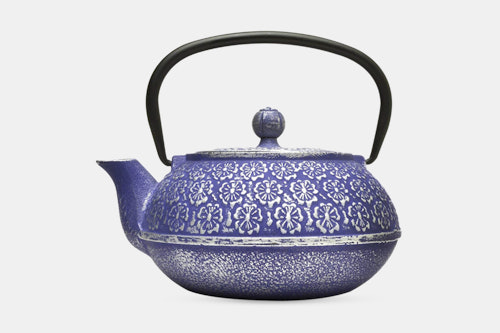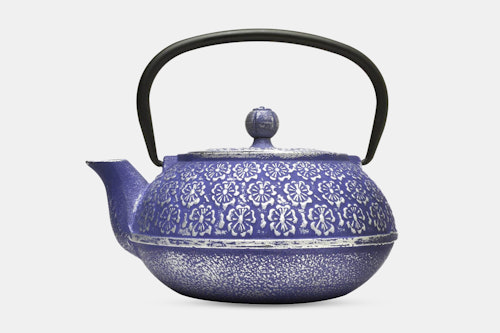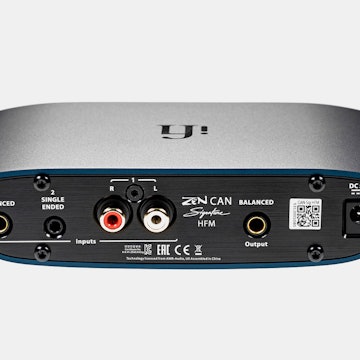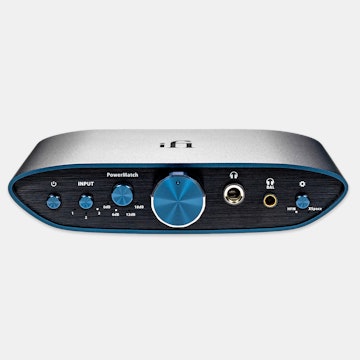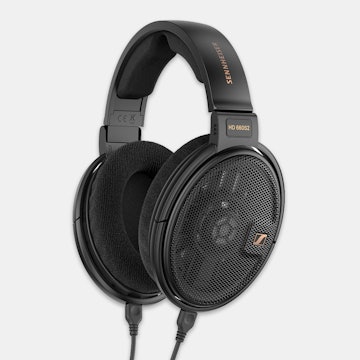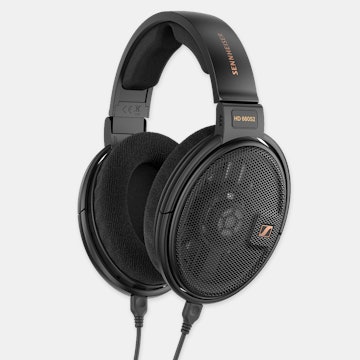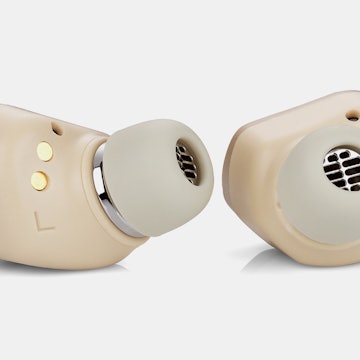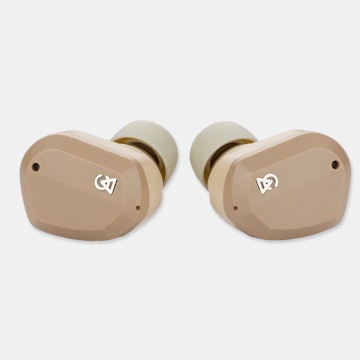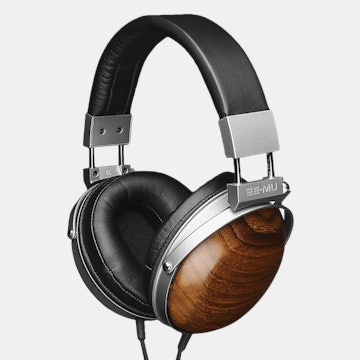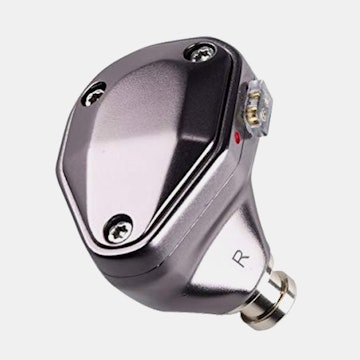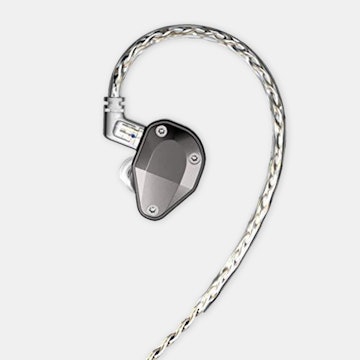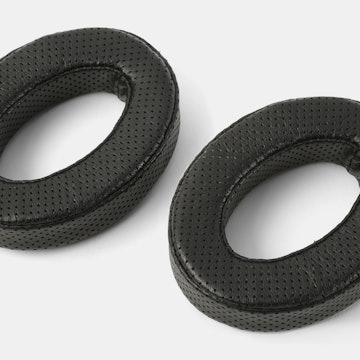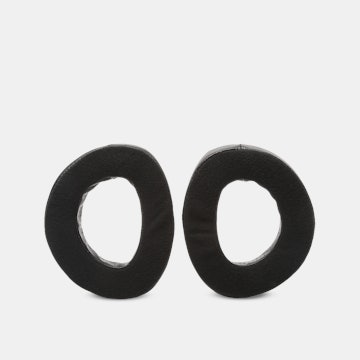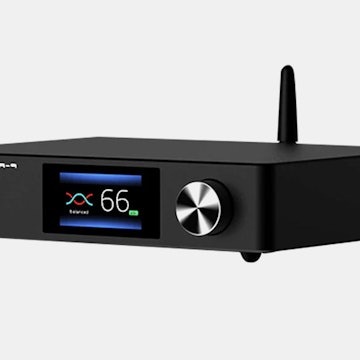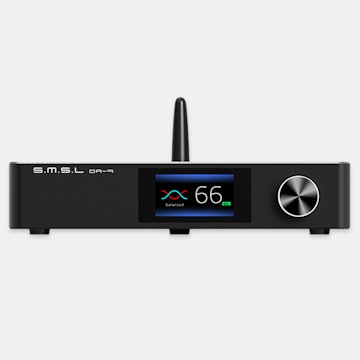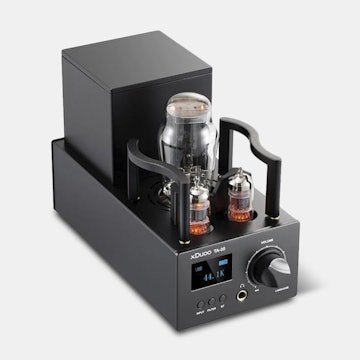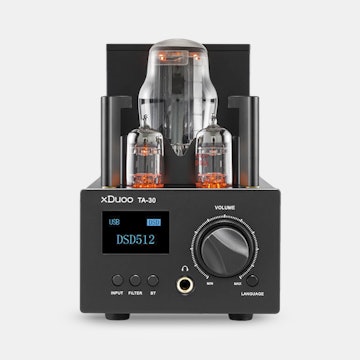Click to view our Accessibility Statement or contact us with accessibility-related questions




Primula Blue Floral Cast Iron Teapot
Primula Blue Floral Cast Iron Teapot
bookmark_border
Where's the price?
To negotiate the best possible price for our customers, we agree to hide prices prior to logging in.
105 requests
Product Description
For better-tasting tea that stays hot longer, use cast iron. Because it distributes heat more evenly, cast iron is an excellent choice for getting every bit of flavor you can from your favorite teas Read More

search
close
Sort by: Newest
keyboard_arrow_down
Enekk
53
Mar 4, 2019
Note: I do not own this teapot, but have owned three different cast iron teapots (people know I like tea and give them to me as gifts).
I wanted to talk a bit about cast iron teapots for anyone that is on the fence about purchasing one of these. If you already know you love cast iron teapots, this post is probably not for you.
Cast iron teapots got popular in the US partially due to a desire to up-sell people wondering into high-sales-pressure tea purveyors (e.g. Teavana). I used to visit these stores and heard all sorts of claims about cast iron ranging from the true (heat retention) to inane claims about health benefits (e.g. "iron leaches into the water" - obvious BS as these need to be enameled or they would rust easily). So, let's get into the goods and bads of cast iron for tea (and this pot in particular):
## Good
- Heat Retention: This pot will retain heat longer than a tin or glass pot, but it must be properly warmed first. Warming requires filling the pot with hot water and letting the metal warm up, dumping (or reheating) that water, and then adding the water you actually want to brew with into the vessel. If you do not heat the pot first, it will sap a huge amount of heat from the brewing water.
- Style: Subjective, sure, but these look really nice and will impress your guests.
- Capacity: This is a HUGE pot, holding 1L of water. This is a lot of tea to drink in one go and reduces the chances you will want to re-brew the leaves (a good idea if you are buying good tea). On the other hand, if you are serving a bunch of guests, the capacity might be welcome.
- Heating: This is a teapot, not a kettle. You will likely damage the pot if you heat the actual vessel. Very few teapots are also kettles, so I would say this is fairly reasonable, but people see cast iron and their minds immediately fill with visions of cooking over an open fire.
- Brewing Basket: The design of the brewing basket means you will need to fill this up almost all the way every time you use it or risk crowding the tea leaves or under-hydrating them. It is also a pain (enjoy the burned fingers) to get the brewing basket out, which you must do to prevent over brewing of the leaves.
- Weight: Do I need to explain that cast iron is heavy? Take that weight and add 1L of water.
- Pouring: The handle is very nice on this pot, but you will have to do 100% of the pouring action with your wrists. How hot the pot gets means you can't stabilize the pot with your hands and the weight means it is very hard on your wrists to properly tilt the pot. Add to this that the lids, unless perfect, have a tendancy to shift and fall off; the heat of the lid means you don't want to touch it, but you have to unless you want to drop a cast iron lid on your teaware. The spout, close to the body and short, means you will have to tilt quite a bit to get a proper pour.
- Cleaning: You will need to clean and dry this pot as soon as you are done using it and make sure it is stored somewhere dry. Of course, everyone cleans everything they use immediately after use, but if you are one of the few people in the world who don't, stay away from this. Even the slightest damage to the enamel will mean you will have to work very hard to prevent rusting. Good thing this is nice and light, easy to not drop...
- Heat Retention: Yes, this was on the Good list. The thing about heat retention is that it means you will need to be more careful with how you brew. With more traditional brewing vessels (mugs, gaiwans, 'normal' teapots), the heat loss means that you have more room for error before your tea turns from sweet to bitter. With high heat retention, you need to know the leaves you are brewing well (every tea, even within a single picking, has variability in how long you need to brew it). The other downside of heat retention is that more heat means more of the volatile flavor and scent compounds will change or escape while the pot rests (again, unless you pour all 1L of tea as soon as it is ready).
- Heat distribution: "Because it distributes heat more evenly, cast iron is an excellent choice for getting every bit of flavor you can from your favorite teas." What!? You are submerging leaves in hot water. There is no barrier for heat distribution. If we were applying heat to this, sure, that'd be a consideration, but we aren't. Even if we were heating in this, I encourage people to actually look up heat distribution and cast iron; it might retain heat well, but it isn't the most even cooking surface.

Enekk
53
May 29, 2019
I think that I more than qualify as a tea lover, it is just that my goals might be a bit different than yours. While I would argue that 1L is a lot, it isn't outrageous for Western style brewing. I don't want to get into the merits of Western style vs Chinese style, but let me just say that my brewing vessel of choice is ~120ml. In that size vessel I use 8g of tea (no, that's not a typo) and I brew the same leaves 15 or so times in a day (starting with infusions that can be as quick as 5 seconds). Chinese style brewing is about extracting the best bits of a tea over a journey, where as Western style tends to be more about volume and consistent product.
If 1L works for you, great. I would suggest even Western style brewing fans would be better served with a smaller pot and rebrewing the same leaves two or three times (with an additional minute or two each time). Do what you like, learn your equipment, and enjoy.

hotsteamyshower
19
Mar 2, 2019
This teapot is literally on sale on amazon for 5 bucks cheaper. Link here: https://www.amazon.com/Juvale-Floral-Teapot-Stainless-Infuser/dp/B01J790MU2/ref=pd_lpo_vtph_79_lp_t_2?_encoding=UTF8&psc=1&refRID=8S4992FHWBA5M9SV3E6S

EpocaJeff
5
Epoca International
Mar 2, 2019
cigamThey are not recommended for stovetop use. It’s more of a traditional teapot that you would use to brew and serve the tea by heating the water externally.
Recent Activity
